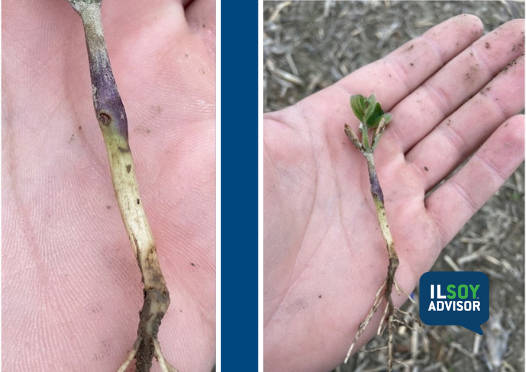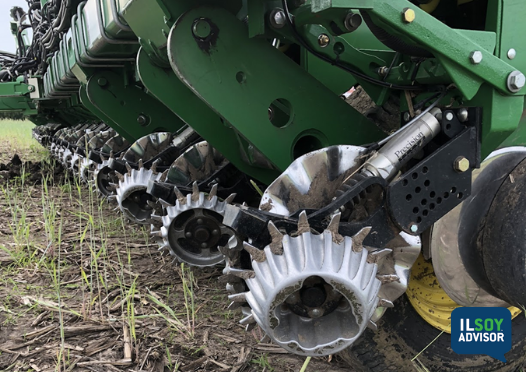ILSOYADVISOR POST
When is it too late to plant soybeans?
May and June were challenging months because of all the rain. Soybeans either didn’t get planted, were planted late or growers had the option of taking prevented planting if they chose. But they also had the option of planting soybeans beyond the normal crop insurance deadline.
In central Illinois the latest I have seen beans planted and make a harvestable crop is July 20th. In most years if you can plant into moisture by July 10th you have a reasonable chance of harvesting a crop. Normally, what limits the potential of double-crop soybeans after wheat is a lack of moisture at planting time. Unfortunately, due to our excessively wet June, we have some acres in the area that have never been planted or were lost due to flooding or ponding. If you are unfortunate enough to have some of these acres there are good reasons to plant them … even if it is late July or August before you can do it.
Here are five reasons it might be worth dragging the planter out again.
1. If summer and fall conditions are right you may find a crop worth harvesting. I have seen July planted soybeans yield over 40bu/acre in central Illinois.
2. Weed control is MUCH easier when there is a crop there to help compete with the weeds. You can spray or till unplanted areas periodically through the summer to control weeds, but that gets old.
3. Soil biology and chemistry are negatively impacted when plant roots are not active in the soil. When soils are kept bare for a long period of time something called fallow syndrome can occur. The biological activity of the soil is reduced, which will negatively impact the availability of nutrients the following year.
4. Even if you feel there is no chance of harvesting soybeans planted this late a soybean “cover crop” can greatly benefit the health of your soil and increase the yield potential of the corn you will likely plant in that field in 2016.
5. Some seed companies offer double-crop soybean seed at a reduced price and there is usually some inventory of treated soybean seed around that has to get planted somewhere. It is not a good idea to hold soybean seed over to plant next year, so if you have treated seed that can’t be returned this would be a good outlet for that seed.
Obviously, prevented planting or late replant scenarios mean the season has not gone well, but establishing a stand of soybeans in these fields can be a way to make the best of a bad situation.




Comments
Add new comment